All About Garage Doors
Buyers have a wide range of options for architectural style, material, and price.
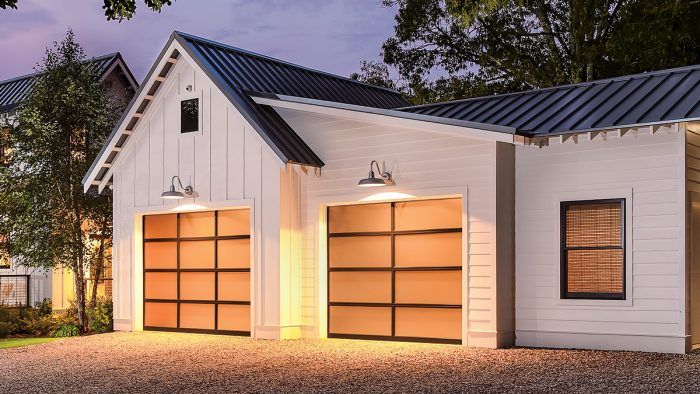
Synopsis: Garage doors have graduated from a necessary entryway to an important architectural feature, available in a variety of styles and materials. Contributing writer Scott Gibson investigates the options for modern-day garage doors, including doors with insulating foam and a variety of different door-operator features.
The 1940s-era garage tucked behind our house is barely big enough for one car, and only part of the garage door is visible from the street. That’s not an uncommon arrangement in my neighborhood, but a far cry from more contemporary house designs that have two or more oversized garage doors facing the street. Garage doors have become an important architectural feature, not just a way to get to the lawn mower.
In 2019, roughly 650,000 new single-family homes in the United States came with a one- or two-car garage, and industry experts suspect the replacement-door market is even bigger. That’s a lot of doors. The most common variety is a door divided into a number of horizontal panels that slide on a pair of steel tracks. These “upward-acting sectional doors” can be traced back to at least 1921, according to the Overhead Door Corp., and possibly as far back as 1906 with the introduction of a horizontal folding door sold by the Variety Manufacturing Co. of Chicago.
Sliding sectional doors solved several problems that homeowners had with traditional outward-swinging carriage doors. For one, the door is stored overhead when open, out of the way and safe from damage. Homeowners no longer had to shovel snow out of the way to open the door. And with the addition of counterbalancing springs, a heavy garage door was almost effortless to open and close. The introduction of the electric door opener in 1926 simply sweetened the pot.
The Door & Access Systems Manufacturers Association, a trade group, lists dozens of manufacturers at its website. Online catalogs of big manufacturers, such as Clopay, Amarr, and Wayne Dalton, list dozens of choices in a range of styles. Doors can be faced in painted steel, wood, plastic composite, or fiberglass, or made with aluminum frames and glass panels. Manufacturers also offer two kinds of insulated doors and reinforced garage doors for high-wind areas.
Sectional doors are the most common type, but buyers also may find traditional swing-out doors, roll-up doors (more common in commercial and industrial settings), and single-piece tilt-up doors. Prices vary considerably, from less than $300 for a single-layer, no-frills steel door from a big box store to several thousand for an insulated high-end door in a custom color.
Steel dominates the market
Steel is far and away the most common choice for garage doors, says Mike Fisher, the executive director of the International Door Association. Steel covers the widest range of design, color, and price. At one end of the spectrum are doors consisting of a single layer of steel—what the industry calls a “pan door.” A midrange door would have two layers of steel with insulation in between. At the high end are four- and five-layer designs with custom paint, windows, and as much as 2 in. of insulation. These doors may include a composite overlay that looks like wood over a steel skin along with polyurethane or polystyrene foam.
The steel door with an embossed raised-panel design is the plain-Jane standard in the industry, but that popularity is declining in favor of the carriage-house or Shaker design that looks like an older-style carriage-house door that would swing open. Also gaining popularity is a smooth door reminiscent of a midcentury design you might have seen on The Brady Bunch.
Finishes typically consist of a galvanizing layer over the bare steel followed by a primer and a top coat. Higher-end finishes allow color-matching with house colors and industrial-grade topcoats with multiyear warranties. Manufacturers typically offer hundreds of paint colors in addition to custom color-matching.
Doors also can be ordered with a plastic composite or fiberglass facing that’s made to look like one of several species of wood. Unlike wood, composites won’t rot, and they can be stained or painted.
For an upgrade, steel doors can be ordered with two types of insulation: polyurethane foam or expanded polystyrene (EPS). Polyurethane offers higher R-values, and like spray-foam used in houses, it fills irregularities inside the door cavity more effectively than sheet foam, in effect gluing the inner and outer steel layers together. Builders or homeowners worried about the high globalwarming potential of chemicals used in polyurethane foam may want to check with the manufacturer to see if they’ve switched to a low-GWP blowing agent, or opt for EPS.
Acording to Clopay, in addition to protecting the garage from temperature extremes, insulated doors are quieter as they go up and down and also better at muffling the sound of an impact. But some builders might argue that an insulated door is not worth the extra cost (see sidebar, below). Expect to pay about $1000 for a midrange three-layer insulated door, not including installation.
Windows are another consideration. They lower the overall R-value of an insulted door, but insulated glazing is an option, as is tinted and tempered glass. Windows are a traditional feature of carriage doors, and the glass allows light into the space, enhancing visibility during the day. Adding windows typically adds about $500 to the cost of a door.
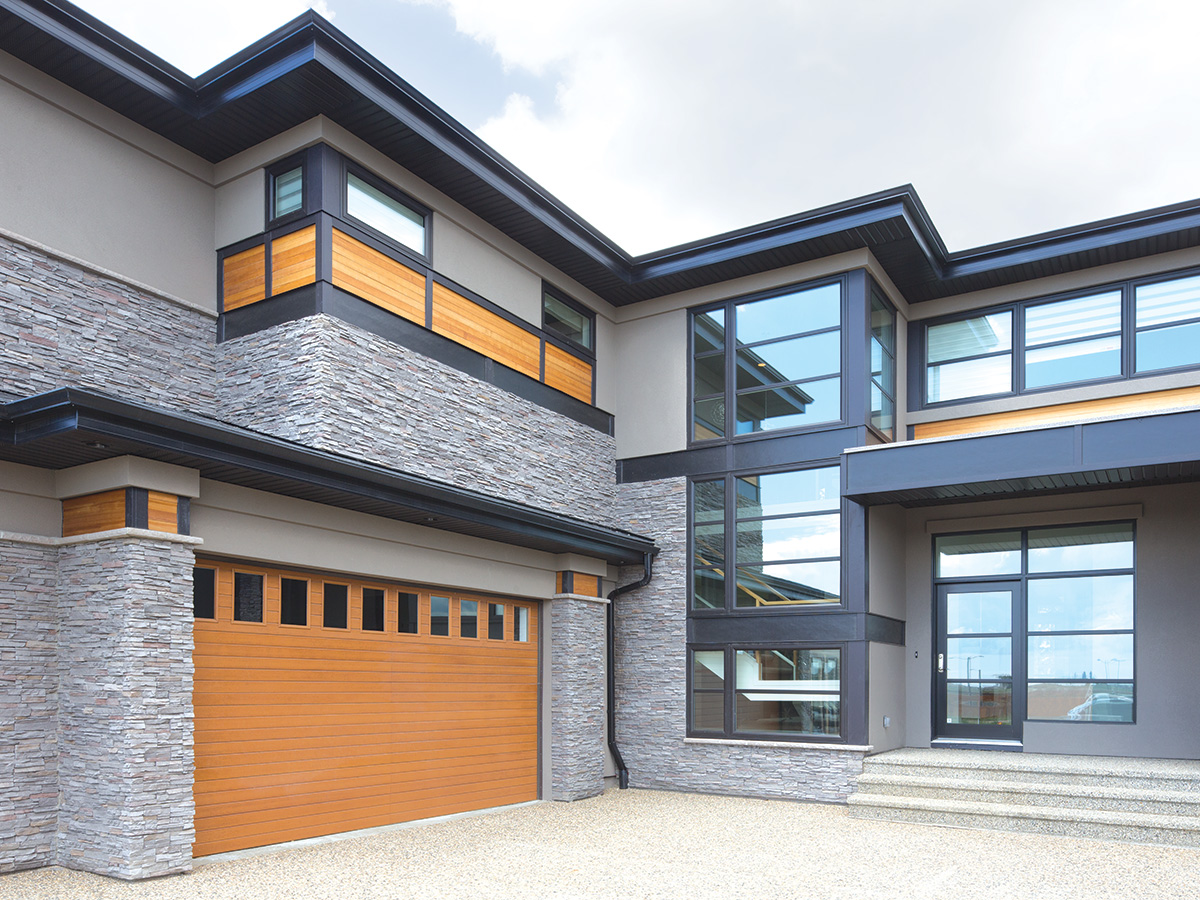
Wood, aluminum, and vinyl
Garage doors made of wood have been a staple in the Northeast for many years, and many homeowner’s associations still require them. These are rail-and-stile doors with thin plywood panels that come with or without a row of windows along the top of the door. But more stylish versions made to look like carriage-house doors that swing open are becoming increasingly available. The 7400 Series from Wayne Dalton, for example, is available in T1-11 plywood, hemlock, western red cedar, mahogany, and knotty cedar. These doors can be ordered with arched or square tops, windows, and one of many panel styles, including several with the characteristic X-brace reminiscent of a barn door.
Truly custom doors also are widely available for buyers set on a certain species of wood, panel design, and finish. This is the top of the market, where prices may hit $10,000 or more for a one-off design bound for a celebrity mansion.
Wood is traditional, charming, and stylish, but it’s also prone to a familiar list of disadvantages, including its tendency to decay if left in the weather too long without attention. Buyers should count on periodic refinishing, just as they would with any exterior wood components.
Is an insulated door worth the extra cost?It depends on where you live and whether you use the garage for anything other than parking a car, says Mike Guertin, FHB’s editorial advisor and a Rhode Island builder. Guertin installed an R-12 garage door on his drive-under garage 25 years ago and says that even in very cold weather, with temperatures dipping as low as 0°F, the garage stays at about 45°F. That’s without any source of heat in the garage. “That sounds cold,” he says, “but compared to 20°F or 14°F, it’s comfortable.” When he built a detached garage six years ago, Guertin installed an R-16 door. The garage has a layer of rigid polyiso insulation on the outside of the building, but no cavity insulation. With no heat source, the garage stays 15°F or so above what the outside temperature is. If he’s going to work in the garage, Guertin fires up a woodstove. The space heats up nicely and seems to retain heat fairly well. Both the house and the detached garage are well-air-sealed. Even if the garage doors are not perfectly sealed, Guertin suspects there’s not much of a stack effect in either building. Very little cold air is being drawn into the garage because not much air is escaping through leaks in the building enclosure. If he didn’t care about temperatures in the garage being moderated, or if he weren’t using the garage occasionally as a shop, Guertin said he would not spend the extra money for an insulated door. He’d just opt for a door that had adequate bracing for stiffness. |
Aluminum is another material choice, typically as the frame material for doors made mostly of glass. Available in many styles, glass doors have a much more contemporary flavor than traditional styles like the carriage-house door. Frames can be ordered with a powder-coated or anodized finish and with a number of clear or opaque glazing options, and several choices for shades of tinted glass. Acrylic panels and insulated glass also are available. Aluminum and glass doors are significantly more expensive than basic one-layer steel doors.
Some, but not all, manufacturers also make vinyl-faced garage doors. They’re available in a limited palette of light colors (no dark shades) and appear to be marketed for coastal areas because of PVC’s resistance to corrosive salt air.
Doors for high-wind areas
Garage doors make houses in hurricane-prone areas vulnerable to catastrophic damage, a potential that is leading to more stringent code requirements for their assembly. In a report published by FEMA after Hurricane Andrew ravaged parts of Florida in 1992, the agency found that when garage doors collapse in high winds, the entire house could become pressurized, causing “partial or complete blowouts of major structural systems such as walls and roofs.”
FEMA called for design improvements to garage doors, such as wind-resistant locks, stronger track assemblies, and reinforcements to make door sections more robust. Codes and standards in Florida were subsequently updated, with new provisions for wind-pressure ratings and impact protection from airborne debris. According to Fisher, Florida’s response changed the door industry and helped set the stage for basic requirements nationwide. The 2021 International Residential Code (IRC) requires that all garage doors be labeled for wind-load ratings, although it will be up to individual states whether to adopt the 2021 IRC or modify it to suit local conditions.
Doors are rated for particular air pressures based on predicted wind speeds. The first step in choosing a door is to check with local building officials to find out what the code requirements are, and then to choose a door that has been labeled to show it meets a particular wind rating. Impact-resistance ratings or other protection may also be required in areas where there is a risk of damage from windborne debris.
Sizing and ordering
Stock sizes for single-car garage doors are 8 ft. or 9 ft. wide and 7 ft. or 8 ft. tall. Double doors are typically 16 ft. or 18 ft. wide. Doors also can be ordered in custom sizes, in 2-in. increments for width and 3-in. increments for height.
Ordering a custom size may mean a slightly higher cost, but the industry has become more flexible over time. “Back in the day you’d have an inventory of garage doors because they were all white and they all had that same panel style,” Justin Evans, Clopay’s residential product manager, said. “Today there are so many colors, so many designs, so many window choices. There are really not a lot of stock items; pretty much everything is custom-made. Even when you order a standard size, I’d say eight times out of 10 it’s made to order.”
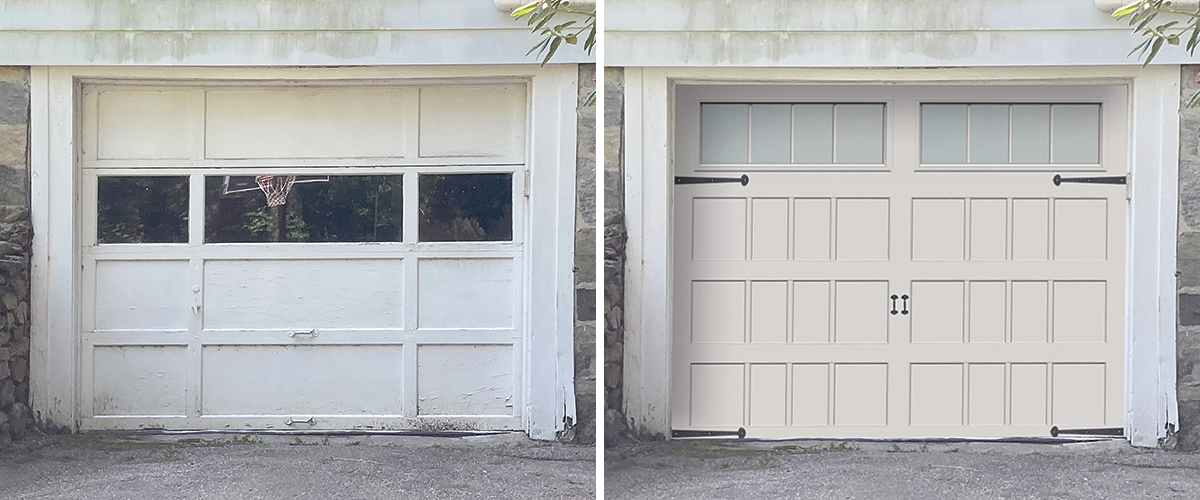
Interactive websites offered by a number of manufacturers give buyers a chance to virtually try out a wide range of door styles before making a decision and placing an order. At the Raynor website, for example, uploading a photo of your garage opens the door to a menu of choices for the style of door, window type, panel shape, decorative hardware, and color. When you find the door you want, you can save the file, email it to someone, and request a quote from a local dealer.
Because most manufacturers work through a network of local dealers who take care of installation, there’s no instant price quote for the door you’ve chosen. Nor is there immediate feedback on how design choices affect the final price—for example, does the price go up or down, and by how much, when decorative hardware is added? Even so, these tools are a great first step in visualizing various types of doors on your own garage rather than a generic building pulled from a collection of stock photos.
I used the Raynor online app, submitted the design, and had a follow-up call from a local installer within a couple of days.
Garage-Door Openers Are Getting SmarterSelecting the best garage-door operator now means choosing mount location, battery power, lighting capabilities, and more. |
Sources:
Garage doors*
|
|
Garage-door openers
- Chamberlain, chamberlain.com
- Genie, geniecompany.com
- LiftMaster, liftmaster.com
- Skylink, skylinkhome.com
*The Door & Access Systems Manufacturers Association, a trade group representing garage-door manufacturers, maintains a list of member companies at its website dasma.com.
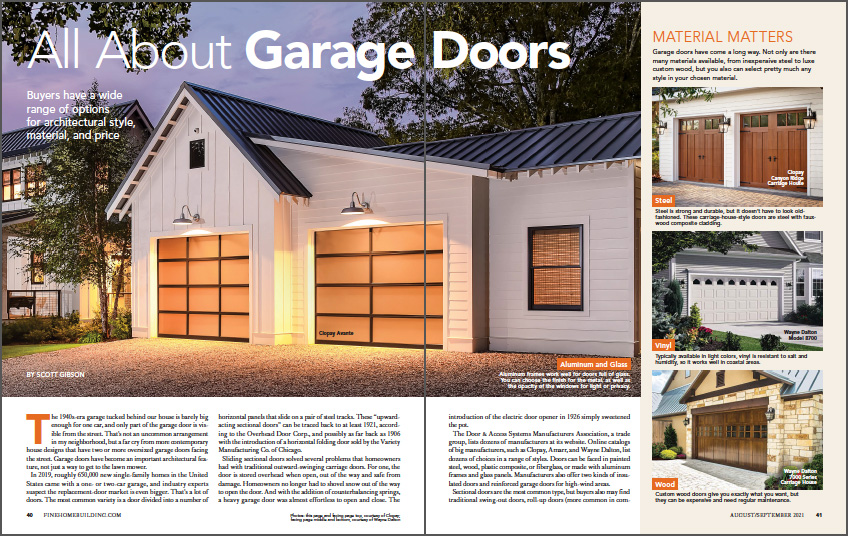
From Fine Homebuilding #301
To read the entire article, please click the View PDF button below
RELATED LINKS
- Exterior Insulation on a Garage-to-House Wall
- Dress Up a Garage Door with Insulated Carriage Doors
- Strong, Energy-Efficient Garage Doors
Fine Homebuilding Recommended Products
Fine Homebuilding receives a commission for items purchased through links on this site, including Amazon Associates and other affiliate advertising programs.

Respirator Mask

Disposable Suit

Foam Gun
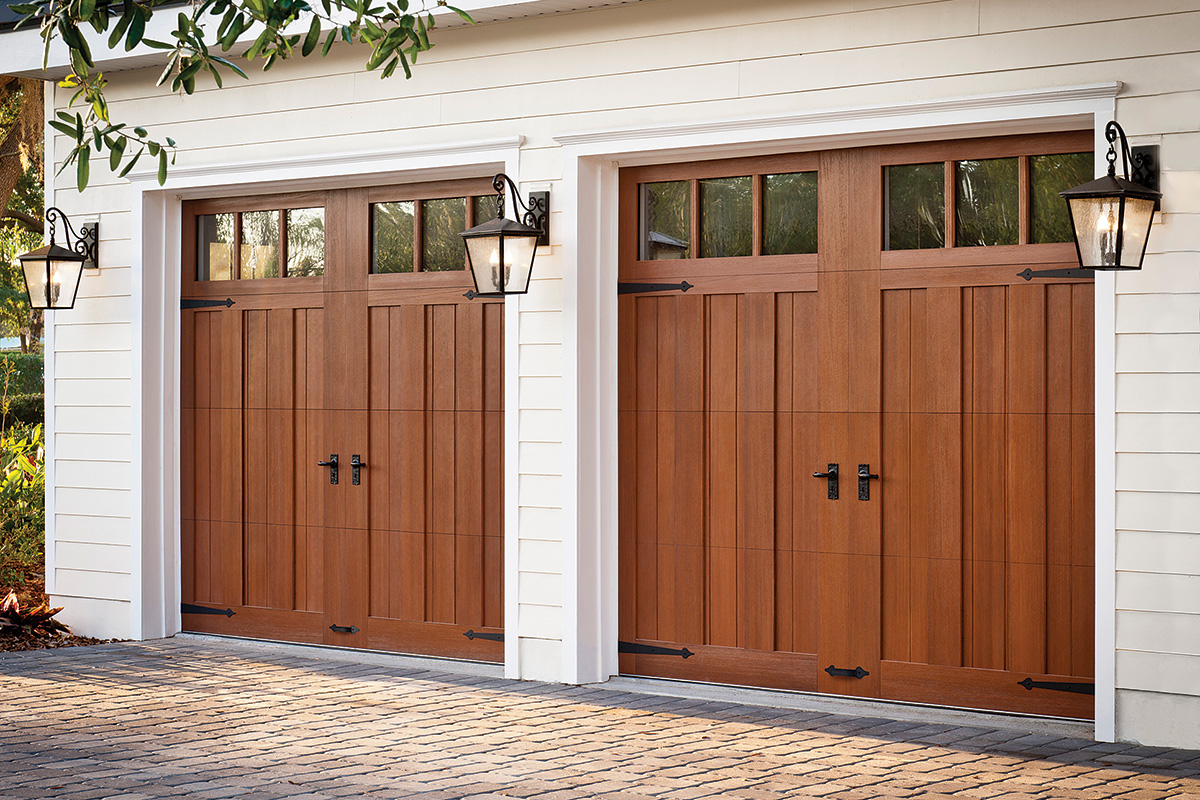
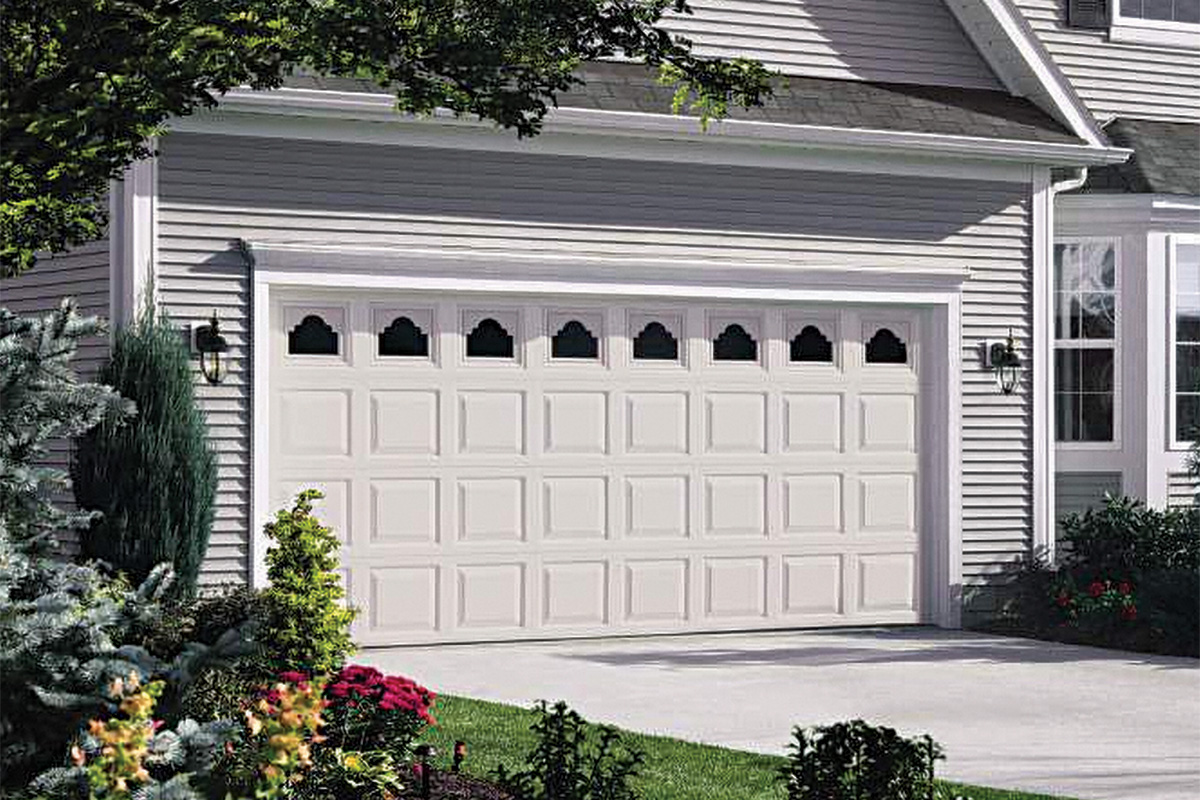
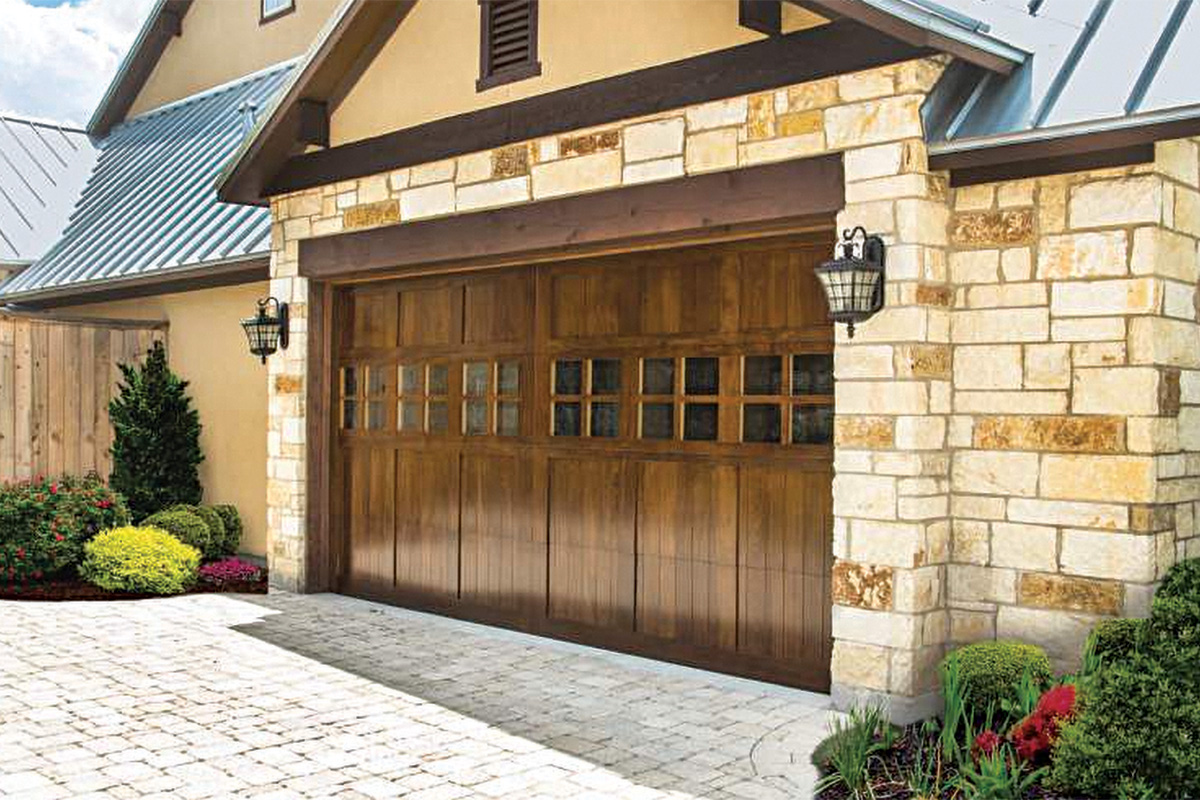
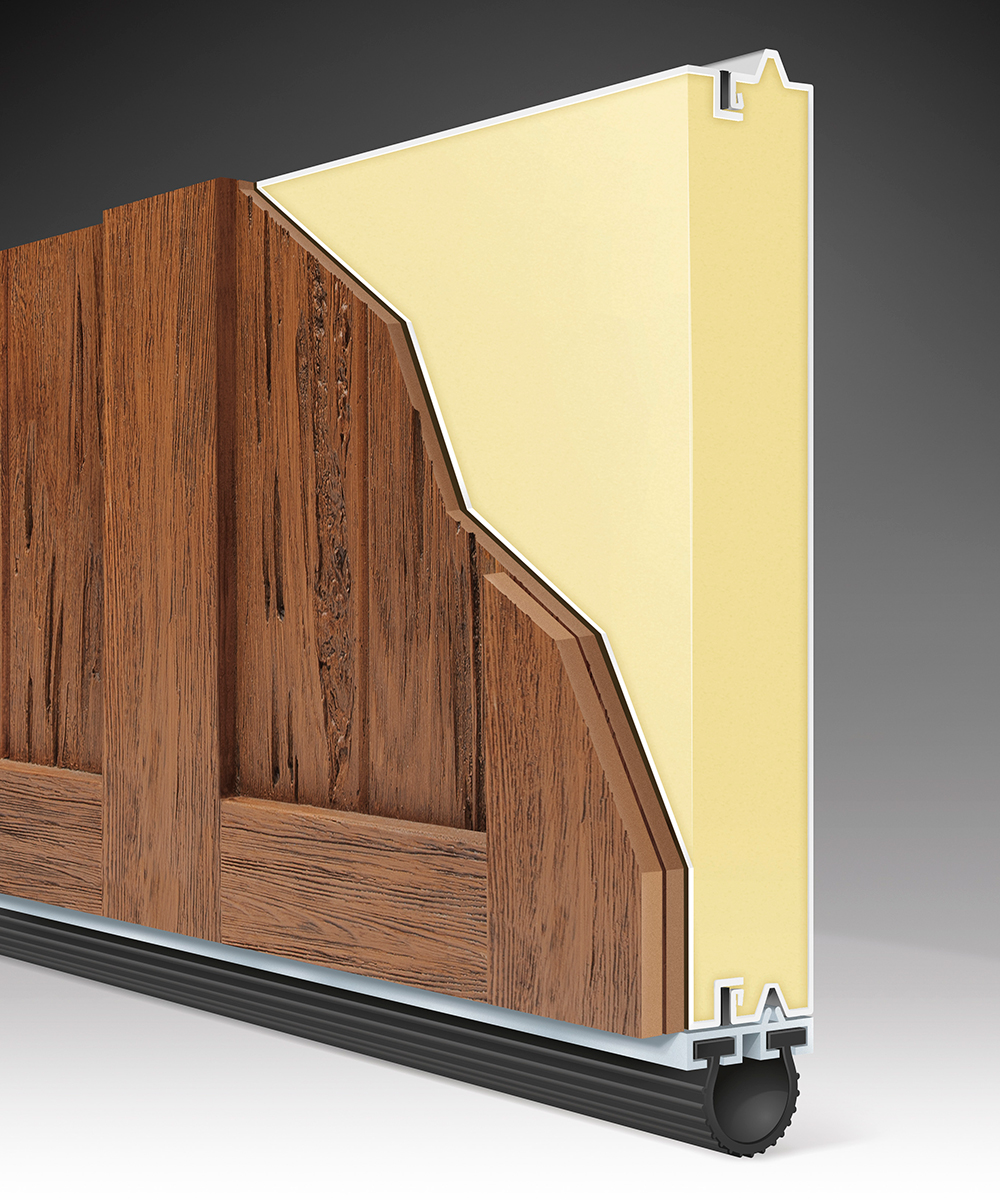
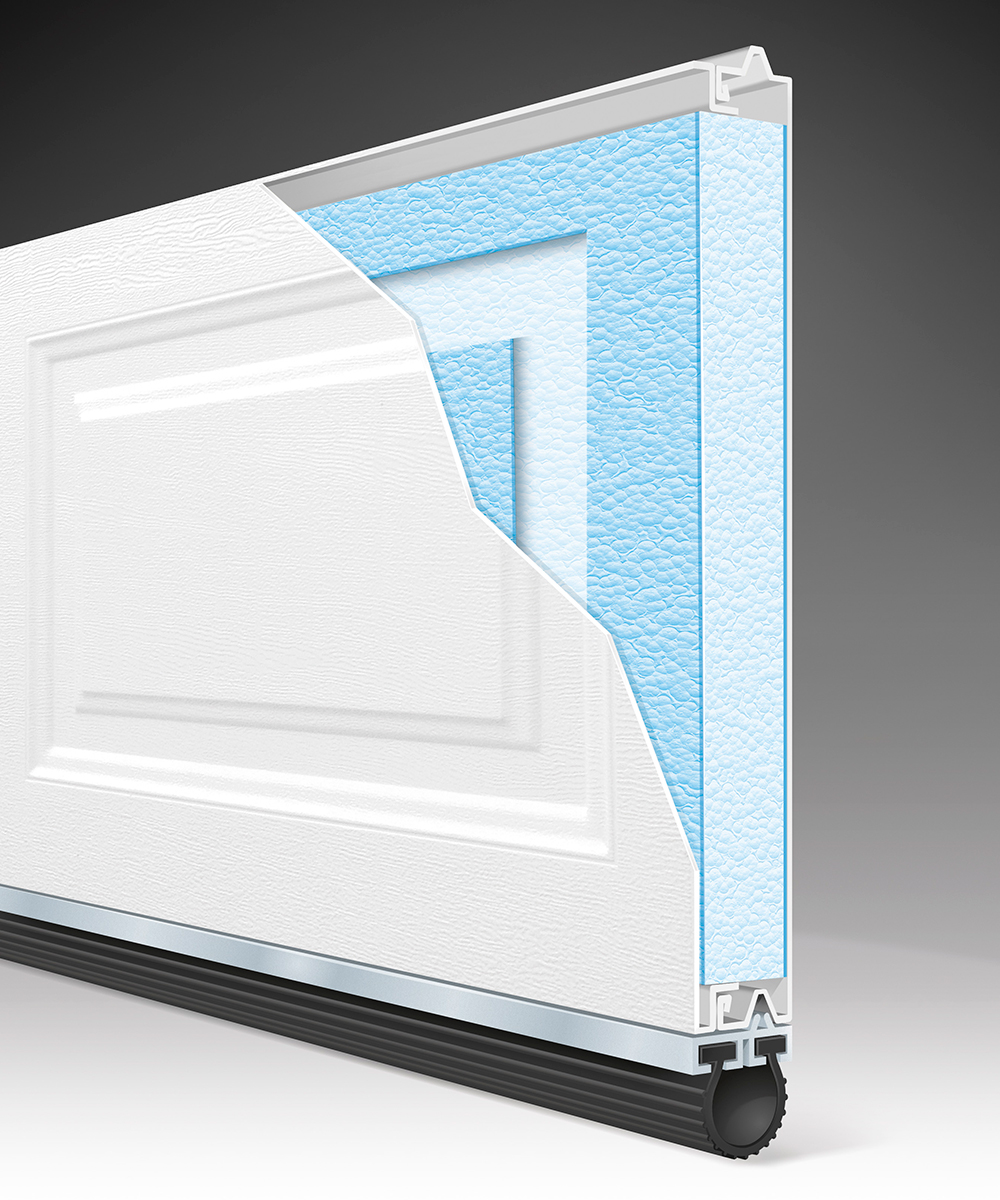




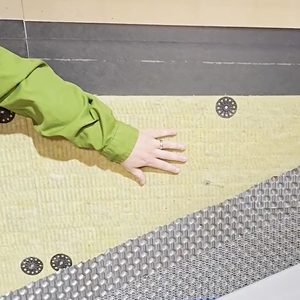





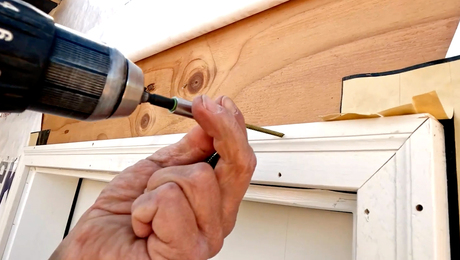

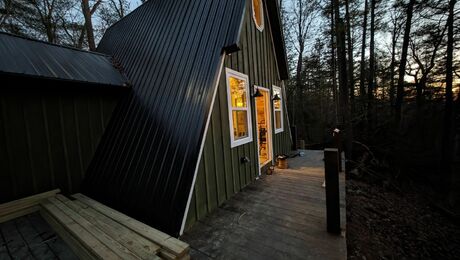

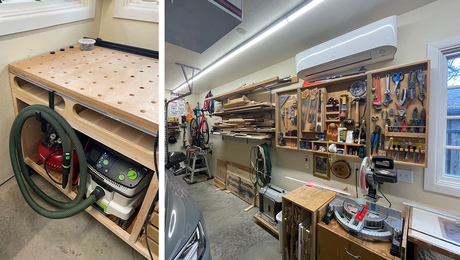

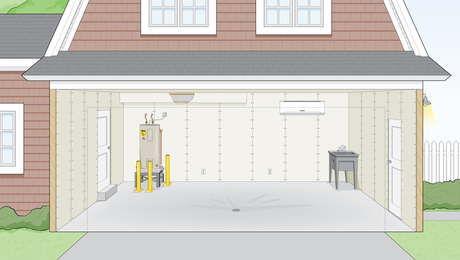










View Comments
Really, really, really surprised to see that the oldest and biggest garage door manufacturer, Overhead Door (who also owns Wayne Dalton and Genie), is not listed in the Sources list. Overhead Door does not sell through big box stores but through dealers, mostly because DASMA recommends a professional who is knows UL 325 install the door, not like most contractors who thinks they know how to do it. UL 325 is also a code requirement. It's much safer to hire a professional door company for the install.
I had no idea there were so many options for garage doors! It's cool how they've become an important part of a home's look. Speaking of getting help with writing, domypaper.com is great for academic papers. Users love how it connects them with expert writers who can tackle any subject, making tough assignments much easier to handle.